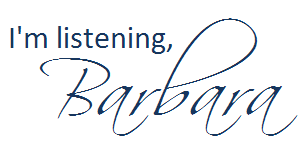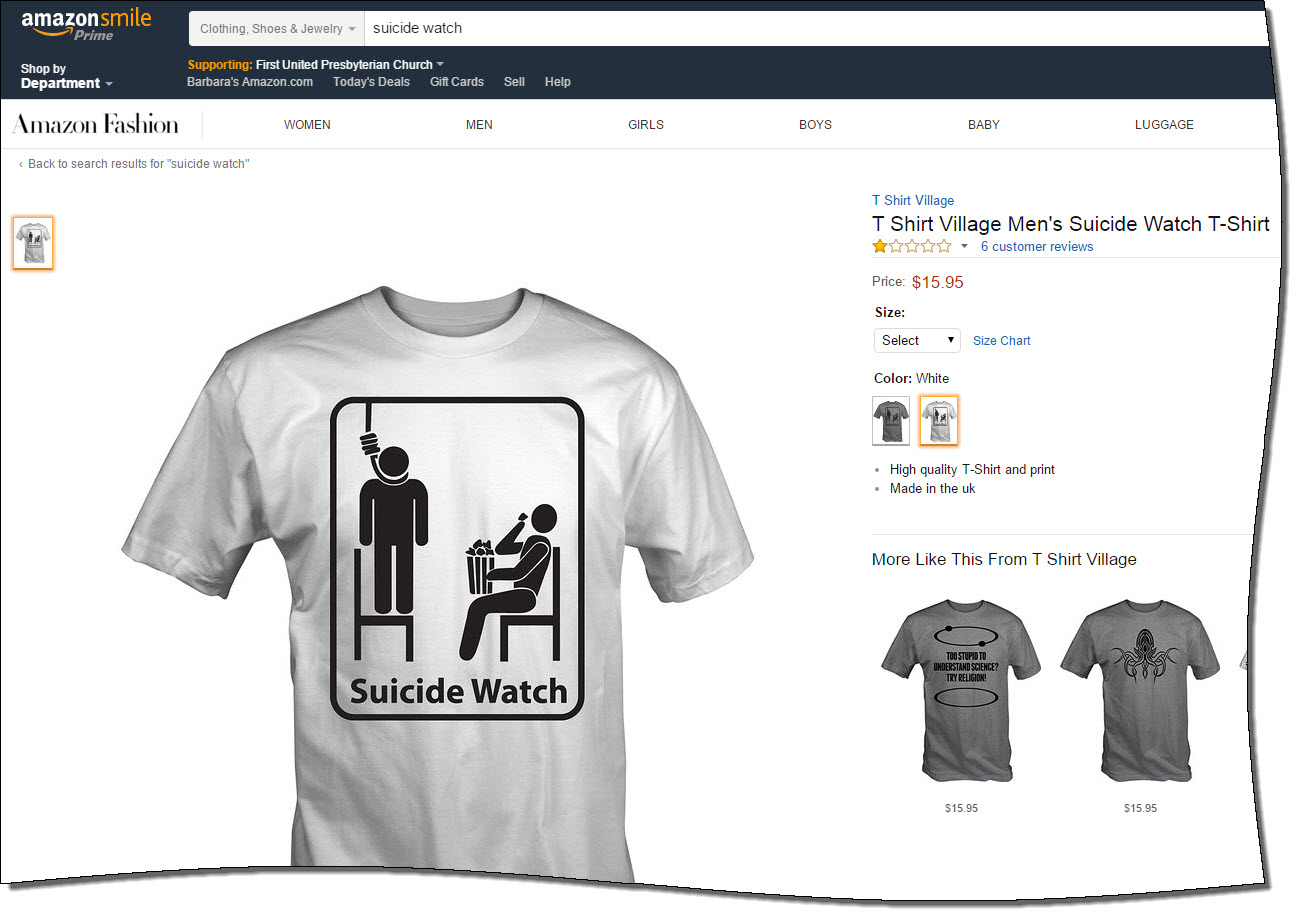
The Goal of True Education



In many businesses today, it’s common to have conference calls to share information when coming together to meet physically is not a viable option. Here’s some advice for a successful conference call.
Specifically for video calls using a service like Zoom, WebEx or GoToMeeting:
If you’re coordinating or leading the call, also take these suggestions under advisement:
For a humorous take on video conference calls, watch this video by Tripp and Tyler. Though it’s (intentionally) over the top, I think I’ve experienced every one of these mistakes, just not all in one call.
Image Credit: http://www.virtualstudio.tv/blog/post/96-3-tips—-hosting–running-effective–successful-conference-calls

[Originally published Fall 2010. This post was featured by Lisa B. Marshall in her The Public Speaker podcast. Thanks, Lisa!]
When you’ve been invited to be a guest speaker for an organization’s luncheon or other meeting, you don’t want to be that speaker. And it can be terribly easy to be that speaker: You know, that high-maintenance one, or that boring/irrelevant one. You want to be the one who is memorable for positive reasons. Here’s a list of 14 ways to NOT suck.
So in a large nutshell, these are my 14 best tips on how not to suck as a guest speaker for an organization. What additional tips would you offer?

When I was a college student back at Auburn University in the 1980s, my father mailed me a typewritten list he had prepared on his Underwood typewriter. This was a list of some “rules” of grammar that he thought were humorous. I agreed. (We were both word nerds.)
Though I don’t have the specific original sources for each of these, I believe that they all came from William Safire. Some of them are from his “On Language” column in the New York Times, while others are from his book Fumblerules: A Lighthearted Guide to Grammar and Good Usage. Enjoy!

If you’re participating in an all-day (or several hour) job interview, it’s likely that you will be eating lunch or dinner with your interviewer(s). Here are just a few tips to help you succeed in this circumstance:
Always remember this one key tip: don’t let your guard down. Even though the setting may seem more informal during a meal, you are still being interviewed and evaluated.
Do you have other tips you’d recommend? Or a story about a lunch interview that went exceptionally well . . . or terribly?
When I am in meetings, or other places where it’s expected that people should sit relatively still and “just” listen, I fidget. A lot. (My ADHD meds do help. I know I was much wigglier before I started taking them about 10 years ago.)
If I have a pen/pencil and paper, I tend to doodle.
But yesterday I tried something different to help abate my wiggles and fidgets: I crocheted. It was a simple, repetitive pattern that I have used on many projects, so it was mostly muscle memory I used to complete the stitches. I am confident that I was able to pay closer attention to the speaker because I had something to do with my hands.
I am curious. If someone near you was crocheting or knitting during a meeting (where the participants are 99% listen-only mode), what would your reaction be? And would it be distracting to you?
And a follow-on . . . If you consider it to be distracting to you, how would it compare to sitting near people who are interacting with their electronic devices during a meeting?

This morning on Facebook, I learned from Sam Fiorella about a new shirt from T Shirt Village that’s available on Amazon. And a parent who has lost an adult child, I find this shirt’s mere existence reprehensible. Heck, as a human being, I find it the same.

My heart aches for those who have lost a loved one to depression leading to suicide.
What was Amazon thinking when it allowed this shirt to be sold on its site? I’ll be adding a one-star review for this shirt, but only because I cannot offer negative stars.
For more information on this shirt, please visit “Amazon Contributes to Stigma Surrounding Mental Health” on Sam’s website The Friendship Bench.
The fine folks from RazorSocial have published an article with nifty infographic (below) with some excellent tips for creating shareable content. The article is definitely worth a read.

[Originally published Fall 2010. This post was featured by Lisa B. Marshall in her The Public Speaker podcast. Thanks, Lisa!]
When you’ve been invited to be a guest speaker for an organization’s luncheon or other meeting, you don’t want to be that speaker. And it can be terribly easy to be that speaker: You know, that high-maintenance one, or that boring/irrelevant one. You want to be the one who is memorable for positive reasons. Here’s a list of 14 ways to NOT suck.
So in a large nutshell, these are my 14 best tips on how not to suck as a guest speaker for an organization. What additional tips would you offer?